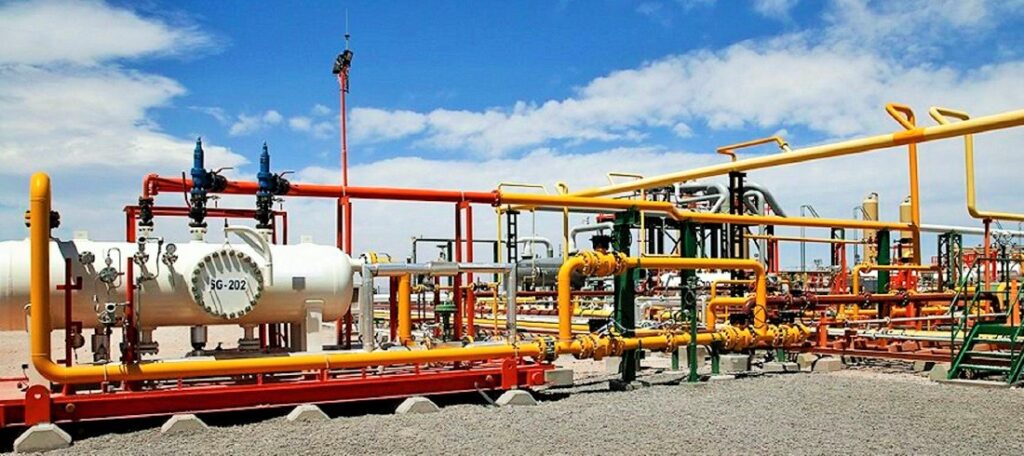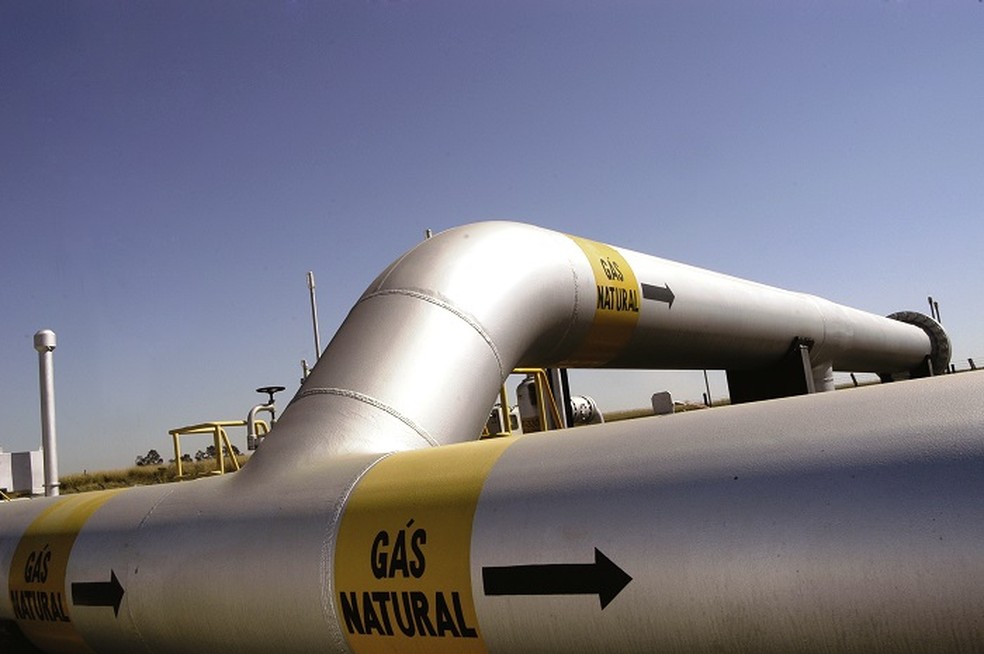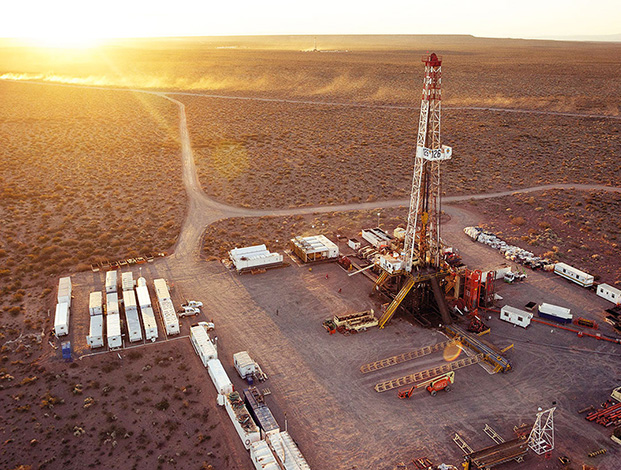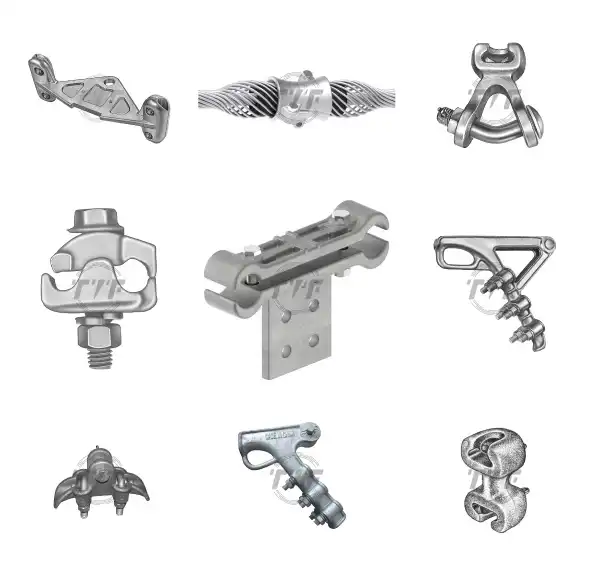- Argentina’s gas export is on the rise driven by factors like domestic production and favorable policies.
- Investments in pipelines and LNG can boost Argentina’s gas exports, positioning the country as a global supplier.
- Future growth of Argentina’s gas exports depend on storage, pricing, investments and export stability.
Vaca Muerta holds the second-largest shale gas reserves and the fourth-largest shale oil reserves globally. The formation accounts for 50% of Argentina’s total gas production and 30% of its oil output. This drives Argentina’s energy revival, turning it into a net energy exporter. Argentina exports gas to Brazil and Bolivia, shaped by domestic production from the Vaca Muerta shale formation. It uses pipelines that connect the country’s pipeline system to Brazil’s southern region. The country could increase its gas exports to reduce regional reliance on LNG. Gas exports generates foreign currency, helping to stabilize the economy amid inflation and debt pressures. The rising demand incentivizes the development of Argentina’s shale reserves.
Originally, Argentina imported gas from Bolivia, but now it exports it back to Bolivia, reversing the power dynamic. Argentina’s gas export influence supply dynamics, pricing, investment trends, and energy security. It provides a more diversified and competitive market while challenging Bolivia’s dominance. The success of these exports depends on infrastructure investments, energy policies, and global gas price trends. Argentina also depends on various infrastructural technologies for its natural gas exports. These include pipelines, LNG facilities, and compression stations. This causes the need for improved infrastructure, favorable policies, and investments. This article explores how these exports impact Argentina’s domestic energy sector, technologies used, and the various challenges faced. It also explores the roles of investments and government support in improving the energy sector.
Impacts of gas exports on Argentina’s energy sector
Argentina’s increasing natural gas exports to Brazil and Bolivia have significant investments in its energy sector. The exports influence production, infrastructure, pricing, domestic supply, and long-term economic strategy. This also helps boost economic growth, foreign investment, and regional influence. The success of the exports depend on continued investment in pipelines, LNG terminals, and energy security measures. Here are the significant impacts of Argentina’s gas export on its energy sector.

- Boost Vaca Muerta and the gas industry—the increased production at the Vaca Muerta shale formation increases export demand. This drives investments, which strengthens the domestic gas industry. The shale formation generates employment in drilling, transportation, and processing. Argentina is attracting international energy companies and financing for pipeline and LNG projects.
- Economic benefits—gas exports help reduce Argentina’s trade deficit by earning revenue from regional energy sales. Exporting gas to Brazil and Bolivia brings foreign currency, which supports Argentina’s economy and strengthens its energy sector.
- Energy security—Argentina’s gas export balances export with domestic demand and reduces supply disruptions.
- Strengthening Argentina’s energy influence—Bolivia’s declining gas reserves are shifting supply dynamics. This makes Argentina an alternative supplier for Brazil, which relied on Bolivia’s LNG imports.
- Infrastructure growth and modernization—there is the development of new projects like the Néstor Kirchner Gas Pipeline. This helps improve the export capacity across the country. Also, upgrading compression stations and adding underground gas storage ensures more reliable exports. By considering liquefied natural gas exports, Argentina could reduce reliance on pipeline sales.
Infrastructural technologies used for gas exports to Brazil and Bolivia
Argentina depends on pipeline networks, gas compression and processing facilities, and emerging LNG infrastructure for gas exports. The technologies ensure efficient transportation, maintain gas pressure, and support regional energy trade. Investing in Argentina’s gas infrastructure could make the nation a major global gas exporter. Discussed below are the crucial technologies used for Argentina’s gas exports.

- Natural gas pipeline infrastructure—Argentina relies on pipelines for exporting gas from the Vaca Muerta shale formation. Key pipelines include the Gasoducto de Integración Juana Azurduy. It connects Argentina’s gas export system to Bolivia. It was originally used for Bolivia’s exports to Argentina and now allows Argentina to send surplus gas to Bolivia. The Transportadora de Gas del Mercosur (TGM) Pipeline exports gas from Argentina to Brazil’s southern state.
- Gas compression and processing facilities—Argentina uses compression stations and processing plants to ensure efficient transport and high-quality gas. The use of gas compression stations helps maintain pressure in long-distance pipelines. Also, gas processing plants remove impurities before export.
- LNG export infrastructure—Argentina is planning LNG exports to expand its reach beyond regional pipeline markets. For instance, the Vaca Muerta LNG terminal allows Argentina to liquefy and export gas via ships to international markets. Floating LNG technology could enable faster gas liquefaction at sea. This would reduce dependence on pipelines and increase export flexibility.
- Underground gas storage—Argentina has limited gas storage capacity, which affects its ability to balance exports and domestic needs. The development of underground storage improves reliability for exports in Argentina.
Key challenges facing gas exports to Brazil and Bolivia
The Vaca Muerta shale reserve is growing exponentially, leading to the growing export potential in Argentina. The country, however, faces various challenges in supplying natural gas to Brazil and Bolivia. These challenges include infrastructure limitations, seasonal demand fluctuations, geopolitical factors, pricing issues, and competition from other energy sources. The major challenge was Bolivia’s initial reluctance to charge a tolling fee for the use of its infrastructure. Argentina should address these challenges to maintain and grow its gas export market. This can be through expanding pipelines, LNG infrastructure, and storage. Key barriers to Argentina’s gas export include:

- Infrastructure bottlenecks—existing pipelines to Brazil and Bolivia have limited capacity. Most infrastructure is under development but still needs expansion to fully connect with export routes. Lack of operational LNG terminals limits Argentina’s ability to export gas beyond pipelines.
- Seasonal demand fluctuations—Argentina imports LNG and Bolivian gas during winter when demand spikes. This reduces available export volumes to Brazil and Bolivia.
- Policy uncertainty—the energy sector is subject to government regulations and subsidies, which impact pricing and investment confidence. Economic and political crises in Argentina impact energy policies that make long-term contracts uncertain. Brazil is diversifying its energy mix with LNG imports and renewables to reduce reliance on Argentine gas.
- Competition from LNG and other energy sources—Brazil depends on LNG imports from the global market. This can sometimes be cheaper and more flexible than Argentine pipeline gas. Additionally, Brazil and Argentina are expanding their use of solar, wind, and hydroelectric power, which could reduce future gas demands.
- Pricing and contract negotiations—the cost of gas may be influenced by global LNG prices, domestic subsidies, and exchange rate fluctuations. Argentina also faces recurring currency crises that impact payments and trade agreements.
The role of investments in Argentina’s gas exports
The availability of investments in infrastructure, production, and technology could help enhance Argentina’s gas export potential. Strategic investments can improve export capacity, reliability, competitiveness, and long-term sustainability. Expanding infrastructure and ensuring stable policies will help compete with LNG imports and strengthen its position as a key supplier. The following are the roles of investments in Argentina’s gas exports to Brazil and Argentina.

- Expansion of gas pipeline infrastructure—investments in expanding the Néstor Kirchner Gas Pipeline (GPNK) can increase gas transport from Vaca Muerta to Brazil and Bolivia. Further development could allow more gas to flow into Brazil’s energy grid. Additionally, modernizing pipelines would improve efficiency and reduce transportation losses.
- Development of LNG export infrastructure—the proposed Vaca Muerta terminal would allow Argentina’s gas export to expand globally. This attracts foreign direct investment and reduces reliance on seasonal pipeline exports.
- Investment in gas storage and compression facilities—storing gas during low demand ensures a stable supply for exports. Underground gas storage development enhances Argentina’s ability to meet Brazil’s and Bolivia’s demand fluctuations. Investing in gas compression units would improve flow efficiency in pipelines and support longer-distance exports.
- Increased shale gas production—Increased investments lead to higher gas output for domestic use and exports. Modern fracking techniques can boost gas extraction rates, which attracts foreign investors like Shell, Chevron, and Total to expand production.
- Policy and regulatory reforms—investments reduce export restrictions and encourage long-term supply contracts with Brazil and Bolivia. Tax incentives for pipeline and LNG investments would attract private and foreign capital. Additionally, faster project approvals could speed up gas infrastructure expansion.
The future ahead
Argentina exports natural gas to Brazil and Bolivia through pipelines with potential for future LNG exports. The Vaca Muerta shale formation is a major gas source, but infrastructure and seasonal supply issues may pose challenges. Key infrastructural technologies used include pipelines, compression and processing facilities, and LNG projects. These could allow Argentina to expand beyond regional markets. However, Argentina’s gas export face challenges including infrastructure bottlenecks, seasonal supply constraints, policy uncertainty, and competition from LNG and renewables. The success of these gas exports needs investments in pipeline expansion, LNG infrastructure development, gas storage & compression, and shale gas production growth. Argentina has the potential to become a regional gas powerhouse with strategic investments and policy stability.

TTF power systems, we support the continuous development of infrastructure for Argentina’s gas exports. We are a one-stop shop for utility pole hardware fittings, transmission line accessories, and power line construction equipment. We provide our customers with the most extensive range of products in the industry, excellent value, and knowledgeable service. Our products are used in the construction, transportation, gas, and water industries. Products include construction and switching products, tools, insulators, arresters, pole line hardware, and cable accessories. Subscribe to our newsletter below for weekly updates on the energy sector.

